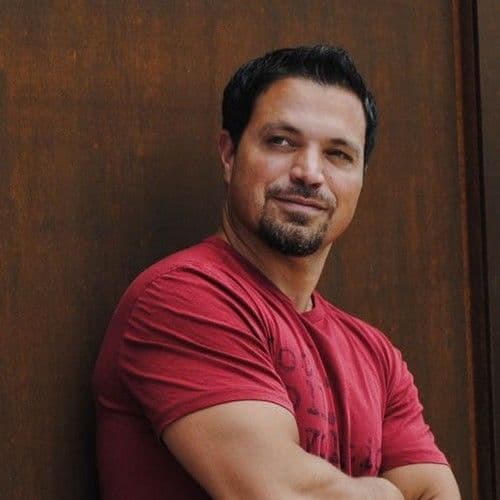I Have Made 19 Feature Films, Here's What I Have Learned….

I Have Made 19 Feature Films, Here's What I Have Learned….
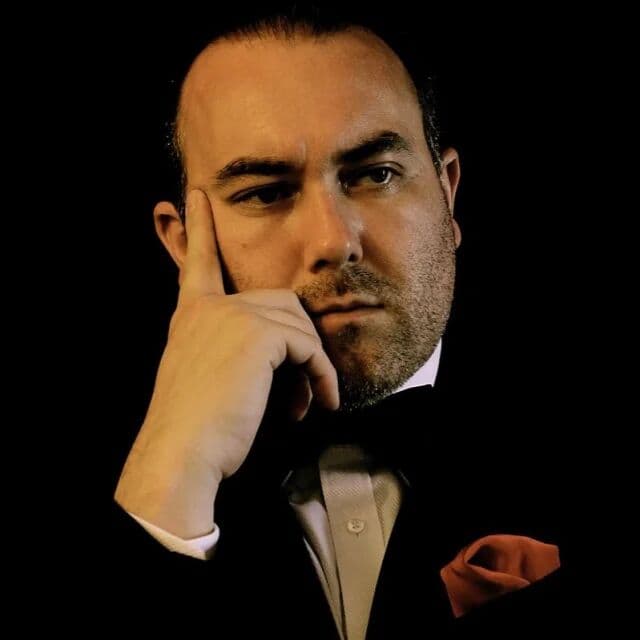
There is now an audience for your film.
If you’re an indie filmmaker working on nominal resources someone will state you are doing too much on your own. And? You will be. Ignore anyone with this attitude who tries to denigrate you for doing so.
Provided you’ve one, made a film, two, aligned it in genre, and three, made it to a technical standard at feature length, it’s very likely an audience will now find your product if you can master the basics of self-distribution. The window of exposure might be short but you can now be presented in a huge window when previously there was no window at all.
Technology is now at such a level that whole departments have been reduced to an individual’s respective efficacy in organization. Year on year I’ve learnt that being in control of your production workflow is the single most important thing you can do to deliver product.
If that means you are stretched thin, accept it as a reality of the journey and learn how to overcome it. Always work to a deadline and appreciate the total necessity of compromise. Work to that ethos, finish a film and then you’re in the World of the 21st century; distribution. With every film I’ve put out I’ve learnt a little more about this game.
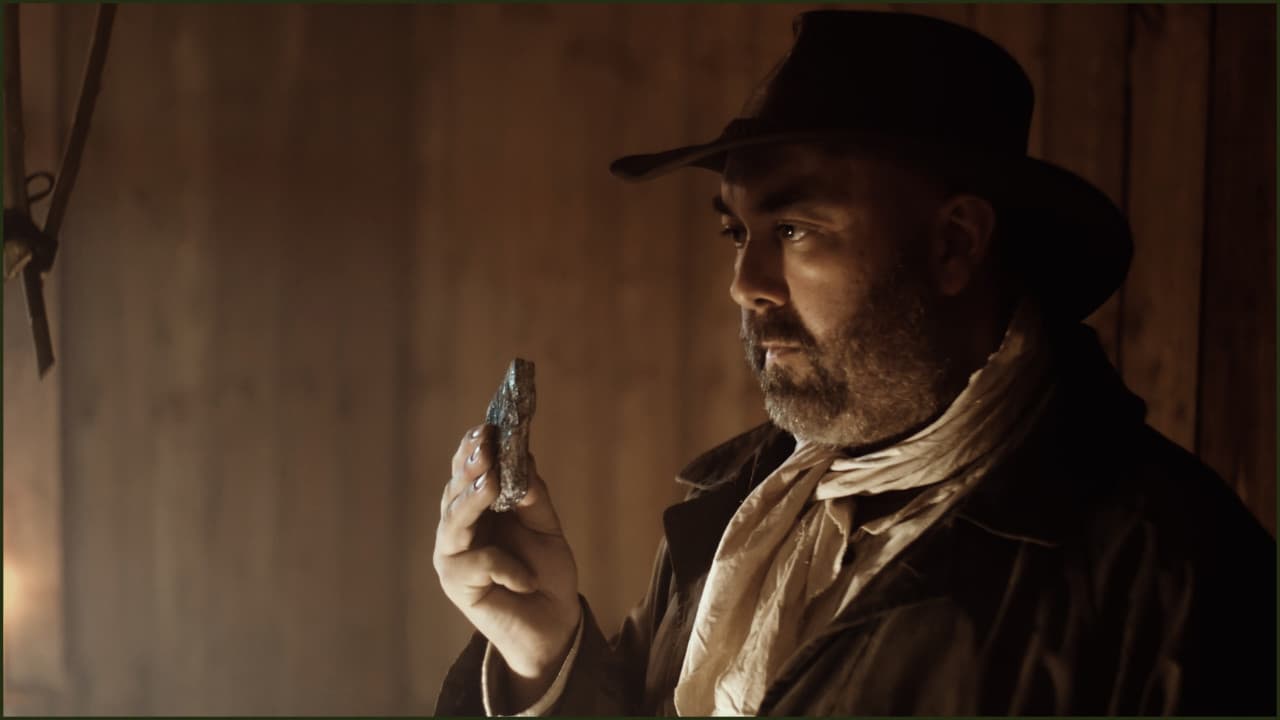
Al Carretta as Marshall James Jennings in ‘The Judge Of Harbor County’.
This production was shot and edited in a six day block in UK lockdown, Autumn 2020.
The Devil Made Me Do It.
A product with a platform can go ballistic. My 4th feature from 2012 has to be mentioned as this is pure inspiration. Last year, when 'The Conjuring 3: The Devil Made Me Do It’ crept into the American Box Office at number one something else was happening. My little film was getting watched too. How people were mistaking a 1973 set, mafia crime drama starring this guy called Al Carretta and made for £1800 with a Hollywood Blockbuster from Blumhouse was a little beyond me but as the negative reviews piled up on Amazon so did the money because it was being consumed.
Most filmmakers won’t ever tell you the financial nitty gritty but I think being transparent makes you interesting. Since Autumn 2021, DMMDI has done about $20-25,000 in gross sales. I say ‘about’ because the deductions are heavy and it’s difficult to trace exact totals but thanks to Amazon and the game changers that are Filmhub.com this film has made it’s money back. Indie films on this scale rarely make their money back but film land has been completely disrupted in recent years and the big studios, with their debt and million dollar paydays forget that it’s the grassroots players that make the game. There is no way Devil could have been successful in 2012 in the way it has been in the past year and that is just how much distribution has changed in a decade.

Al Carretta directing Charlotte Reidie (left) and Alex Stevens (right) in a behind the scenes still from ‘Saint Cecilia Of Spiralence’.
This was shot in a six day turnaround in the final weeks of UK lockdown in April 2021.
Perseverance Puts You In A Different League
As I begin the mad turnaround for production on my 20th indie feature ‘Eight Hundred Dollar Value’, I often wonder how I’ve managed to maintain the constant energy required to keep delivering content on nominal resources. I know how and why; I have a drive to do this like nobody else but never being given the same opportunity as my peers has constantly disappointed me. Ultimately it has been a source of deep motivation me but it took a few features to identify that this was a driving force I could harness. I genuinely believed after making the first few films new horizons would appear but sadly, unless you’ve got something that people really want, they don’t. This is why you have to maintain your original enthusiasm; every new film is like a new business and this is why you need to condition yourself to always be creating opportunities.
I’ve directly observed that many people use ‘burnout’ as an excuse to find a new profession with a guilty acknowledgement that artistic progression demands a deeper conviction than their psyche possesses. Ultimately, my initial takeaway after 19 features is the continued growth in my resilience and mental strength. All you can do to progress is maximise your potential from the resources you have.
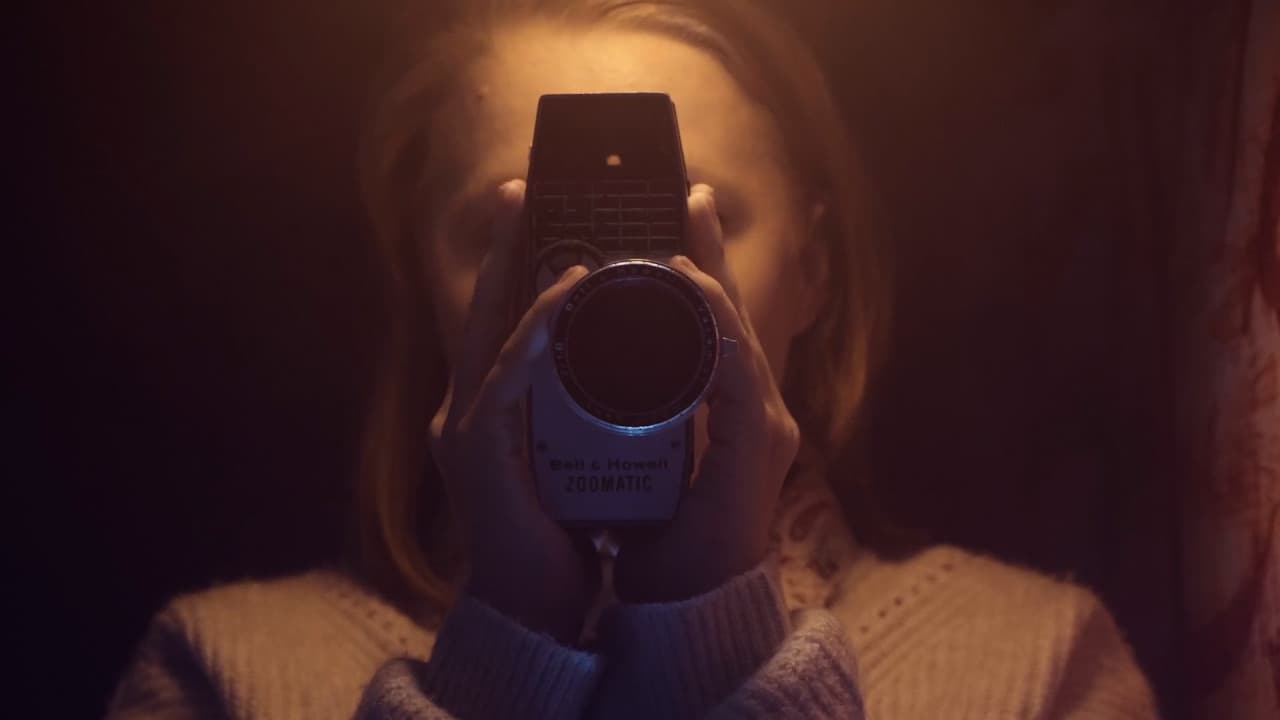
Charlotte Reidie in a production still from ‘Saint Cecilia Of Spiralence’ (2021).
Performance Dynamics Are Everything
Here’s a harsh but brutal truth. People are desperate to be in films. These same people are also desperate to walk away from them as they assume a bigger opportunity awaits. It doesn’t. It’s unlikely you’re good enough to have impressed anyone of note in the first place. You have to make a positive note on people if you want a chance of longevity. This means playing a game of perceived involvement with a production. Share the film, talk about, acknowledge it. Frowns quickly become furrowed when you ignore what you’re in and it’s released on a platform better than anything else you’ve done.
Many actors want to be directors or producers. Generally, the problem with this progression is that it’s chased by performers who haven’t demonstrated development of their acting craft from the roles they have delivered. In other words, they’ve done lots of films, but have never improved. When I attempted my first feature in 2007 I observed that my acting contribution was ineffective in the supporting role I’d undertaken. Essentially, I wasn’t doing enough so my skillset was being wasted. This is where I first learnt that you have to take an all or nothing approach if you have a core skillset going underused. To re-affirm my confidence and ability, I took on responsibility and stepped up my acting.
In Edinburgh Fringe 2008, I played a wounded Zimbabwean farmer in ‘I Am Robert Mugabe’, a two hander about a farmer holed up in a panic room awaiting death at the hands of a baying mob. This play became the source of my 3rd and 6th indie features, however, it was a critic’s post-play suggestion that I consider a full monologue that led to my 2009 play ‘The Tears Of A Clown’. Once I’d been on stage for a month in an environment where you live and die with the standard of your delivery I had the reviews and the concrete proof and realisation that my capability to lead productions was undoubted, I just needed to ensure I was at full tilt when doing so.
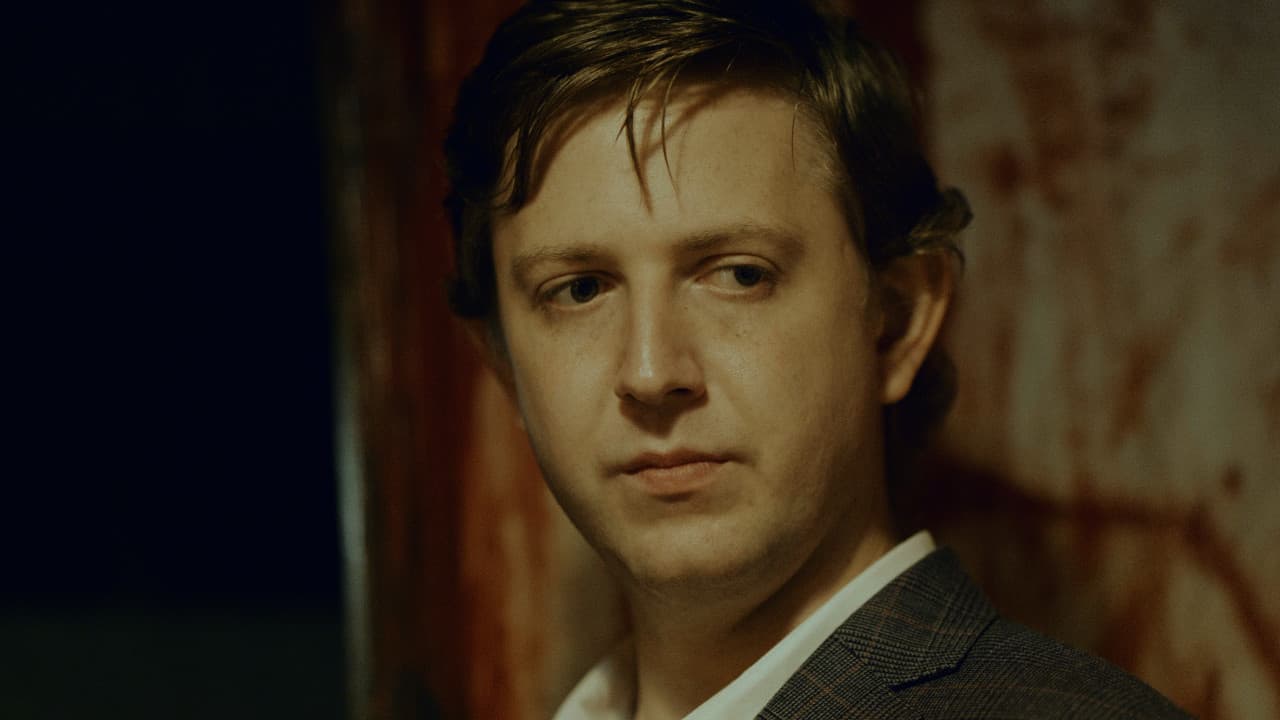
Sonny Barr in a still from ‘Saint Cecilia Of Spiralence’ (2021).
Experience Can Be Intimidating
Not anyone can just flip a film in three months and do the same again a few months later. I’ve honed my workflow to deliver on the least amount of external help possible. I don’t talk about it, I just do it. Then I do it again.The tragedy of acting in the modern era is the churn rate. I learnt how to perform and translated my skillset to screen, however, my method is unique and built heavily on my sight reading ability. This is a powerful addition to any acting arsenal but too few performers now have the ability to simply read and deliver a script without preparation. When everything is second nature to you, you can obliviously intimidate in an overly articulated sentence.
The business of drama tuition is on a precipice as the ‘Netflixisation’ of content is ruining notions of acting that have stood for years. I see a constant demand amongst actors to shoot showreel scenes so they can ‘get noticed’. The difference between a filmed showreel scene and an actual film scene is the measure of risk. Even if the film is terrible, a third party took a chance. As a casting director, I steer clear of filmed showreels as I rarely see genuine reflections of ability; I see contrivance and there is no challenge of your persona involved here.
To me, excellent diction and engaging voice character are must have skills. Across my films, I’ve lost pages of dialogue to poor pronunciation and monotone recital. The amateur performer places great credence in the charm of the charlatan whilst overlooking the humble silence of the professional. When it comes to performance, professional actors change tone and offer constant nuance as lines peak and trough. This emotionally tuned delivery is something I’ve tried to always stay on the pulse of and by being focused on what people do, good or bad, I’ve made the effort to subconsciously learn something from everyone I’ve worked with.
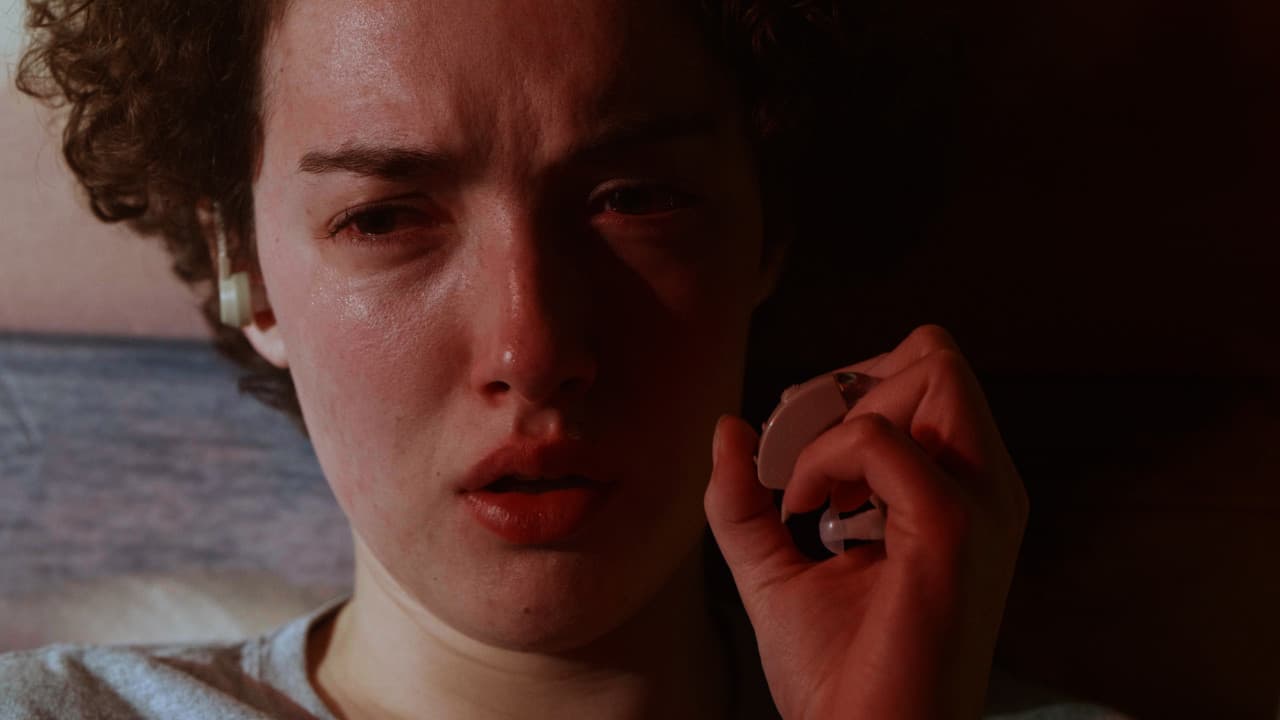
Anna Fraser as ‘The Imposter Sarah Cher’ in a still from 19th indie feature ‘Killahurtz.’
Learn Production Design
Remember, any feature film delivered and distributed to a commercial marketplace on less than $4k can be whatever it wants. Up until the past decade what I now do was previously unachievable. This is why I ran a theatre company. I could execute my creative vision on stage because I couldn’t come close to the costs of producing films.
The classic films I love all have budgets that surpass my total spend to date hundreds, if not thousands of times over. When you can only deliver what is affordable and what is produceable, that glorious vista of the homestead in winter snow becomes a lit shack centre stage paired with miniatures work.
When I shot ‘The Judge Of Harbor County’ I built the set and all associated props in the days and weeks before shooting. On the Sunday night of film completion, after a hundred hour week and a day of set dismantling, I finished at 2am, then got organised for a 6.30am pick-up to work on a building site for a week to earn the money to cover the cost of the harddrives needed to actually edit the film.
Visual exposition is a film’s greatest asset but this is the hardest element to execute as you have the least control due to multiple variables. Time, space and location are what you need to deliver a great film but you will find the following. Money or not, people won’t give you the time. The physical space you have will be restricted. The location might not be conducive to logistical considerations such as transport. Master the variables and you can deliver a production but golden locations with true control are hard to come by.

Behind the scenes look at Al Carretta’s scratch built set for ‘The Judge Of Habor County’ (2020). No help here - it was lockdown!
Engage With Your Fellow Filmmakers
I always knew a film festival would connect me with the wider filmmaking community and my dedication to establishing Nightpiece Film Festival means I’ve got a unique event in the Edinburgh Fringe that is wholly established. Never funded, never sponsored, I launched this from scratch in 2014. It has now platformed over 280 short films. It usually loses money because Edinburgh is the most expensive festival in the World to participate in but it’s kudos to be involved and I believe my screening format - curated, thematic selections in a regular show slot, aligns with what should be expected in the Fringe. We can’t afford to run back to back films for a week but presenting a slick programme every day for a week gives the best of both Worlds. It also means the show is always a manageable concern; I can personally engage with every filmmaker whose work I am presenting. Every year I learn what the rest of the world is making and I pay attention to everyone.

Happy days with fellow filmmakers at Nightpiece Film Festival in the 2018 Edinburgh Festival Fringe.
About the Author

Al Carretta
Director, Producer, Actor
Never afraid to experiment, Al Carretta is a trailblazing British filmmaker. Never funded and working tirelessly with ingenuity and the resources available, he has delivered 22 multi-genre indie feature films since 2010. His content is now widely released on streaming platforms across the World....

